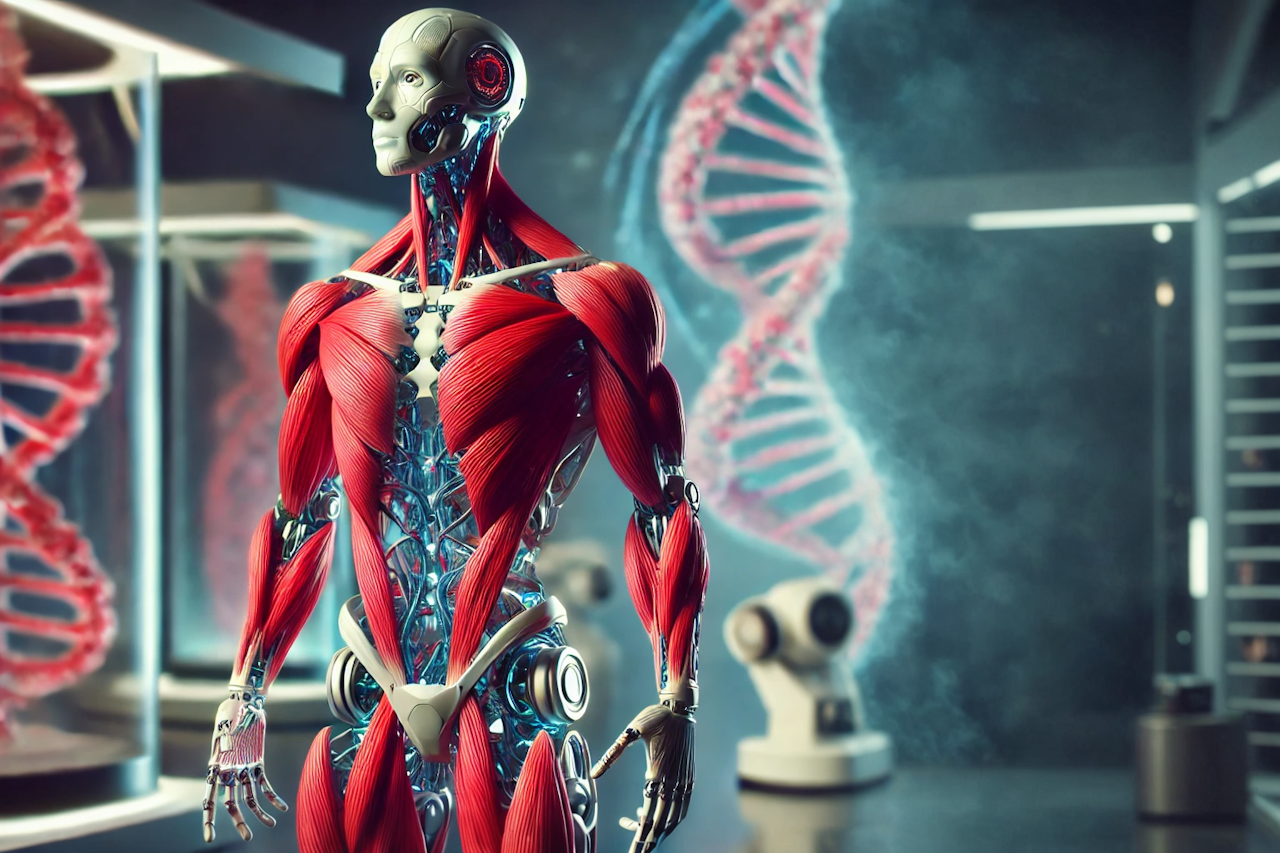As machines begin to mimic nature’s elegance, researchers have uncovered a breakthrough that promises to redefine robotic movement with lifelike precision. The robotics community received a stunning revelation: artificial muscle technology that flexes in multiple directions is paving the way for soft, wiggly robots. This pioneering innovation marries advanced material science with mechanical ingenuity, opening the door to a future where soft robotics take centre stage.
Recent developments detailed in an update this detailed update have set the stage for rethinking what robotics can achieve. Once a niche concept, artificial muscle is swiftly becoming the linchpin in the evolution of robotic muscle tissue, with capabilities for unparalleled multi-directional flexing that herald a significant leap in technological potential.
The Mechanics Behind the Magic
Artificial muscles are engineered to replicate the versatile and powerful movements of biological tissues. Differing from traditional rigid actuators, these new materials are capable of bending, twisting, and even wiggling in multiple directions – much like the organic muscles found in living creatures. This breakthrough is poised to usher in a new era of soft robotics that combine safety with remarkable adaptability.
Innovative experiments conducted by teams at MIT have demonstrated coordinated, multi-directional flexing that could revolutionise how soft robots manoeuvre in complex environments. Detailed in this insightful report, the research highlights artificial muscles that are set to mimic real-life dynamics with a precision that outstrips any previous efforts in the field.
Pioneers and Partnerships in Progress
Visionary institutions like MIT are at the forefront of this research, cementing their reputation through rigorous and inventive experimentation. Collaborative endeavours transcend academic boundaries, as numerous bioengineering journals and specialised industry reports have spotlighted the transformative potential of artificial muscle. Innovative discussions are available through further reading, which detail how these advancements integrate seamlessly into the broader landscape of soft robotics.
Emerging startups and cross-disciplinary research teams are now joining forces to explore the commercial applications of this technology. This collective momentum not only accelerates artificial muscle research but also reinforces its pivotal role in the forthcoming technological revolution, ensuring that innovation remains at the heart of industry trends.
Real-world Applications and Future Horizons
Soft robotics applications are envisaged for fields where flexibility and precision are paramount. In prosthetics, for instance, the integration of multi-directional artificial muscles could lead to safer, more adaptive devices that closely emulate natural human movement. Similarly, wearable technology is set to benefit from these advances, offering interfaces that combine comfort with state-of-the-art functionality.
Looking further ahead, advanced materials such as these could transform healthcare, enable autonomous soft robots in hazardous environments, and rejuvenate consumer electronics through their adaptive movement. Nevertheless, challenges such as ensuring durability, energy efficiency, and the scalability of production remain. Ethical and regulatory discussions are also anticipated as these soft, flexible robots begin to integrate more fully into everyday life, warranting careful deliberation alongside technological progress.
A Vibrant Future for Robotic Evolution
Amid the twilight of traditional robotics, today’s artificial muscle technology heralds a new dawn where flexible, life-like movement becomes the norm. By summarising the transformative impact of multi-directional flexing, this technological leap is set to enhance safety, adaptability, and efficiency across numerous applications, generating both excitement and a measure of cautious optimism.
As robotics continues its rapid evolution, the call to action is clear: embrace multidisciplinary research, foster collaborative networks, and anticipate forthcoming breakthroughs. The journey has only just begun, and the next chapter in soft robotics promises to be as unpredictable as it is inspiring.
In Other News…
Nvidia’s GTC 2025 Announcements At GTC 2025, Nvidia CEO Jensen Huang unveiled the Blackwell Ultra GPU, set for release later this year, and the Vera Rubin AI chip, expected in late 2026, with Rubin Ultra following in 2027. The company also introduced the open-source NVIDIA ISAAC GR00T N1 model for humanoid robots and announced a partnership with General Motors to integrate AI into vehicles and manufacturing. AP News
Quantum Computing Milestones D-Wave Quantum reported a breakthrough where its quantum computer outperformed a leading supercomputer in complex simulations. This achievement marks a significant milestone in quantum computing capabilities. However, the company’s stock experienced volatility, reflecting the market’s response to these developments. Investopedia
Australian Robotics Startup Breaker, an Australian startup inspired by Star Wars robots like R2-D2, secured $2 million in funding. The company focuses on creating AI agents that enable more human-like interactions with robots, emphasising context-aware, voice-controlled decision-making. Breaker’s technology has attracted interest from U.S. defense companies and is applicable in industries such as defense, agriculture, and security. theaustralian


